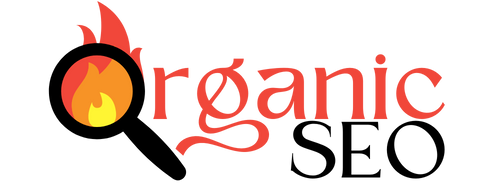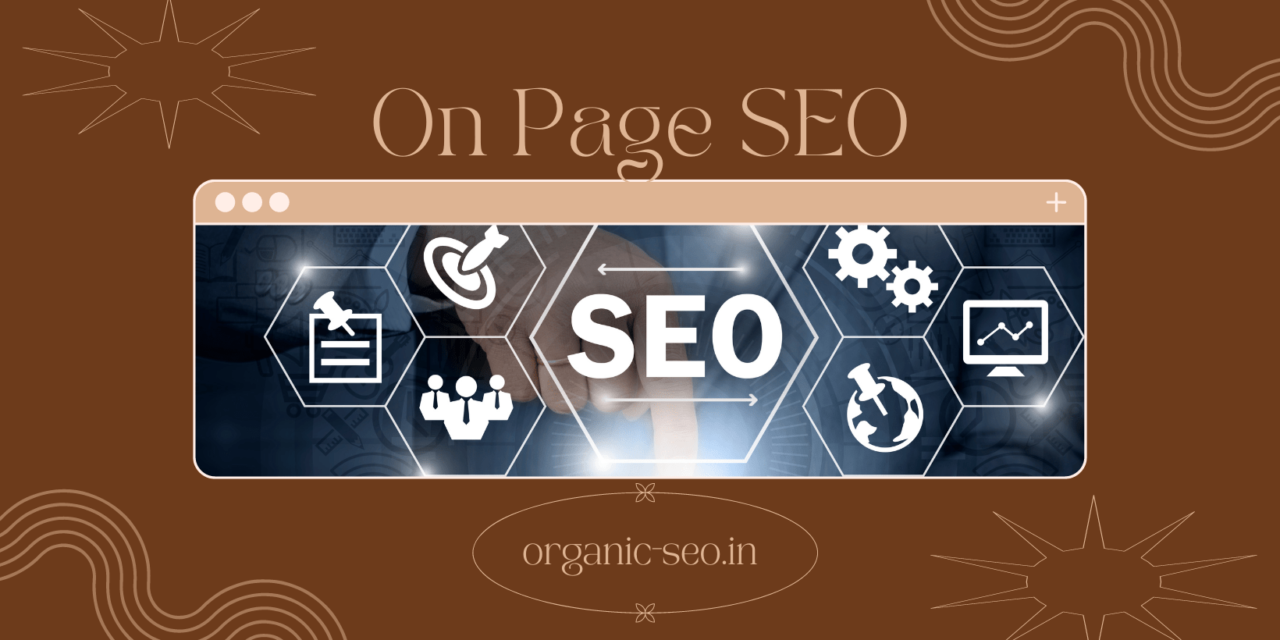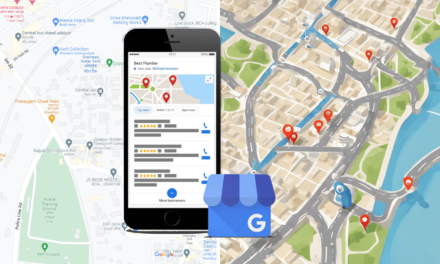The art of mastering SEO on the web for digital marketing is vital for every website that wants to improve in search engine rankings, whether they are professionals or beginners. In this guide, we will explore all aspects of On-Page SEO optimization as we examine its importance and equip you with 10 powerful On-Page SEO checklists to ensure that your competitors are left behind
What is SEO On-Page?
On-page SEO is the process of optimizing individual websites to improve the visibility of search engines and draw organic traffic. It contains a variety of strategies, including content creation to HTML source optimization to provide both users and search engines with knowledge of the relevance of your website’s content.
What is the difference between Off-Page SEO and On-Page SEO?
While Off-Page SEO is primarily focused on external factors, such as backlinks or social signals, On-Page SEO focuses on refining what is already on your site – such as HTML tags, content, or other components that boost the search engine visibility of your site.
What is the importance of On-page SEO?
On-page SEO is the foundation of a successful digital marketing strategy. Not only does it aid in helping search engines understand the content more effectively, but it also enhances the user experience. A page that is optimized for search engines will be more likely to be ranked highly in results, increasing organic traffic, and increasing the likelihood of conversion

10 On-Page SEO Optimization Techniques for Your Website
1. Content Is King
Content is the most important thing in terms of On-Page SEO. Create original, informative and engaging content that addresses what is required by your users. Content that is more valuable is more likely to become shared by others and linked to your site, thereby increasing its authority.
2. Strategically position the target keywords
Strategically placing keywords in your content is crucial for both users and search engines. Incorporate them naturally into headings, text, images and meta tags. Not only will this aid search engines in understanding the content, but improve the relevancy of specific search results.
3. Create Keyword-Rich Title Tags
Make eye-catching title tags that contain your keywords of choice to ensure your users will see them first in search results. This is an important element of SEO and engagement with users.
4. Writing Engaging Meta Descriptions
Meta descriptions don’t directly affect rankings, however, they influence click-through rates significantly. Use descriptive descriptions that are click-worthy and encourage people to click your link, by clearly demonstrating the value of your site to users.
5. Structure Your Website
Divide your content into manageable chunks by using headings and subheadings to improve accessibility and assist search engines in understanding its hierarchy and structure. It also assists in SEO strategies to optimize websites to rank.
6. Optimize URLs
Make clear short URLs that contain your keywords of choice for maximum click-ability as well as sharing potential. Avoid a complicated or generic URL because user-friendly URLs tend to be clicked more often.
7. Integrate Internal Links
Create an interlinked web-based network that links the relevant pages of your website to make navigation easier and a better distribution of link equity across your site to boost the authority of your pages and increase credibility.
8. Add External Links
The strategic inclusion of high-quality external links will give credibility to your article and also show the search engine that your article was carefully researched and sourced from reliable sources. It also shows Google that the information provided in your article has been properly confirmed.
9. Include And Optimize Images
Make users feel attracted by eye-catching images while optimizing your images for search engines. This is done by using the descriptive file name and alt text which provides the context needed to make your images easier to find within search results for images.
10. Enhance User Engagement
A key aspect of SEO on the website is increasing the user experience through improved loading times for pages and multimedia elements so that it offers the most enjoyable browsing experience for users.
Conclusion
A thorough understanding of SEO is a never-ending process that necessitates a thorough understanding of your target demographic, industry trends, and search engine algorithms. If you use these 10 website optimization tactics and stay up with changes in the SEO landscape, you will quickly outrank competitors and establish a strong online presence.
FAQ
1. What is on-page SEO?
On-page SEO is the optimization and ranking of websites in search engines to increase organic traffic. It involves optimizing the HTML code, page structure, and content of each website to make it search engine-friendly.
2. What is the first step in On-Page SEO?
Keyword research is the first step in On-Page Search Engine Optimization. Keyword research allows you to determine the most relevant search phrases that your audience uses to find your products or services.
3. What is the purpose of title tags in on-page SEO?
Title tags are an important On-Page component. These tags appear in the search engine results pages (SERPs), and they give users an idea of what your page is all about. Title tags need to be optimised with the keywords that are targeted and persuasive enough to get users to click the website.
4. Why is content optimization important for On-Page SEO?
Search engines favour high-quality, relevant and unique content. Content optimization is a key On-Page element. Your content should be optimized for the targeted keywords, and written to resonate and engage with the target audience.
5. How can internal linking help improve search engine rankings?
Internal linking can help your website’s search engine ranking. Search engines can better understand the structure of your website by linking to relevant pages.





